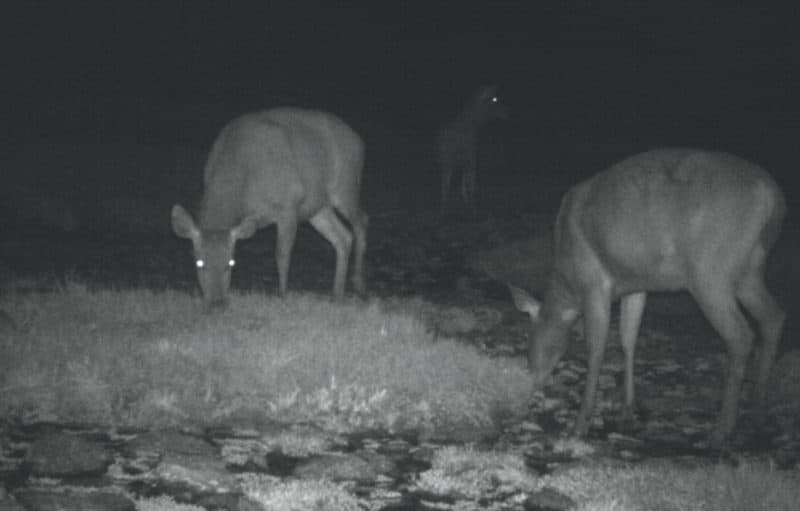NEWS 5 July 2018 |
Amendments to Victoria’s key piece of threatened species legislation, The Flora and Fauna Guarantee Act 1988 (FFG Act) has been introduced into state parliament, but it falls short to address the scale of our extinction trajectory.
The Andrews Government’s 2014 election policy was to “…review the Flora and Fauna Guarantee Act”, and the ALP party platform 2014 was to “modernise threatened species protection to adopt world’s best practice”.
The review was undertaken by the Environment Department in a parallel process to developing the Biodiversity 2037 strategy. The process included one round of public submissions and a series of meetings with stakeholders. According to the summary of submissions: “The submissions received in response to the Consultation Paper indicated a strong appetite among contributors for even broader-scale reforms to biodiversity regulation in Victoria.” Unfortunately, this appetite was largely ignored.
The Flora and Fauna Guarantee Amendment Bill 2018 has progressed to Parliament and has now passed the lower house with the support of both the ALP and the Coalition. At best can be described as a ‘neatening up’, and falls well short of strengthening legislation to address the extent of the problem with the continued rise in numbers of threatened species and decline in biodiversity. The Bill is in many ways a missed opportunity, and retains many of the same powers and remains largely discretionary, subject to political winds and whims.
The biggest change has been to the process for listing of species. The current FFG Act largely only lists species as ‘threatened’. The common assessment method, which is used in Federal legislation and many other jurisdictions, has subcategories – extinct; extinct in the wild; critically endangered; endangered; vulnerable; and in the case of a taxon of fish, conservation dependent.
The problems with the current FFG Act are well documented and the consultation undertaken to date highlights the need for better legislative protection to be put in place. Yet we appear to still not have the will.
There is no doubt that Victoria’s biodiversity is continuing to decline. The Minister’s foreword to the state’s Biodiversity 2037 strategy states: “Victoria’s biodiversity is in decline. More than half of the state’s native vegetation has been cleared since European settlement, and many native plant and animal species are at risk from a range of pressures, including the impacts of climate change.”
In the last two centuries, Victoria has lost to extinction at least the following:
- 18 species of mammal
- two birds
- one snake
- three freshwater fish
- six invertebrates
- 51 plants
Today, between one-quarter and one-third of all of Victoria’s terrestrial plants, birds, reptiles, amphibians, and mammals, along with numerous invertebrates and ecological communities, are considered threatened with extinction.
The current review and proposed reform of the FFG Act acknowledge the problem, but have still not matched the scale of the issues. More work needs to be done to strengthen the legislation, and more resources to combat the problem on many fronts.
The question now is whether this narrow review has now closed the door on further reform for the next 20 odd years, or is there still opportunities to make a difference?
Hopefully all parties will have strong and comprehensive nature conservation policies in the lead up to this year state election, and VNPA, our partners, and our supporters are working to make sure they do.
